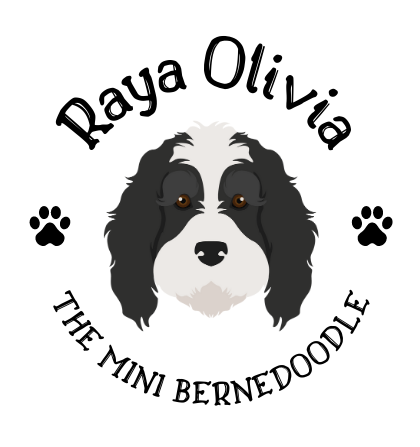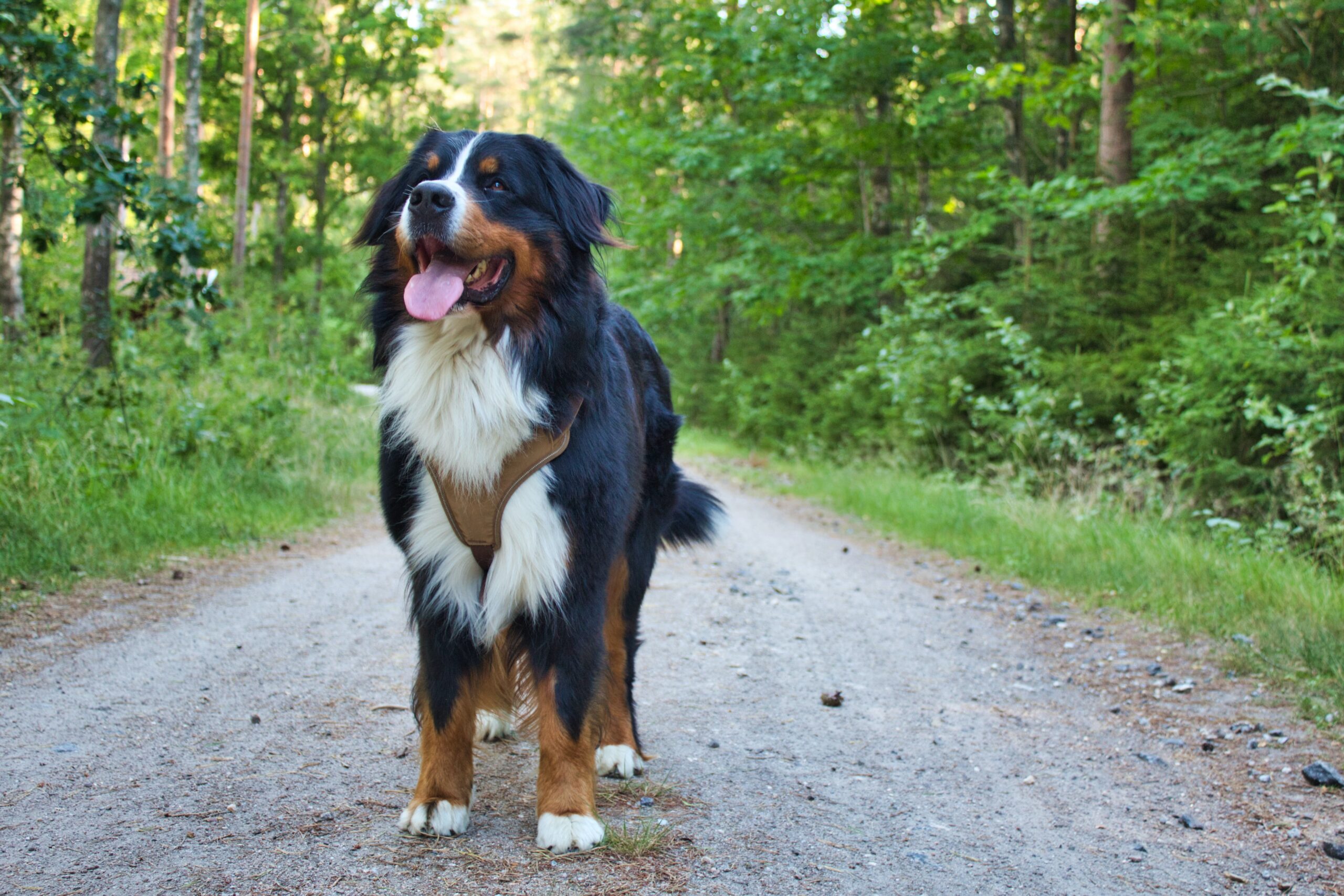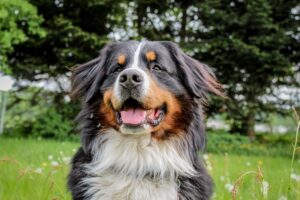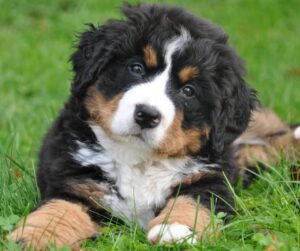Are Bernedoodles Hypoallegenic Dogs?
For individuals with allergies or sensitivities to pet dander, finding hypoallergenic dogs becomes a top priority.
Bernedoodles, a crossbreed between a Bernese Mountain Dog and a Poodle, often pique the interest of those seeking a furry friend that won’t trigger allergic reactions.
In this blog post, we will delve into the topic of whether Bernedoodles are hypoallergenic. We’ll also explore the factors that influence their allergenic properties.
Some of the links on this page are affiliate links. This means that, at zero cost to you, I will earn an affiliate commission if you click through one of the links and make a qualified purchase.
Understanding Hypoallergenic Dogs
To understand the concept of hypoallergenic dogs, it’s important to note that no dog breed is truly allergen-free.
Allergies are triggered by allergens, which are proteins found in a dog’s skin dander, saliva, and urine.
Hypoallergenic breeds, however, produce fewer allergens or have hair that is less likely to trigger allergic reactions in susceptible individuals.
Bernedoodles and Allergenic Properties
While Bernedoodles are often considered to be hypoallergenic dogs, the level of hypoallergenicity can vary from dog to dog, even within the same litter.
This is due to the fact that Bernedoodles inherit traits from both their parent breeds—the Bernese Mountain Dog and Poodle—which can influence their coat type and dander production.
Coat Types and Allergenicity
Bernedoodles can have different coat types, ranging from wavy to curly.
Curly or tightly curled coats are typically more hypoallergenic because they trap dander and reduce its release into the environment.
Wavy or straighter coats, while still low-shedding, may release more dander and potentially trigger allergies in sensitive individuals.
Low-Shedding Coats and Allergens
One of the reasons Bernedoodles are considered hypoallergenic dogs is their low-shedding coat.
Both the Poodle and Bernese Mountain Dog are known for their minimal shedding. This means fewer allergens are released into the air.
However, it’s important to note that low-shedding does not mean no shedding.
All dogs, including Bernedoodles, will shed some hair, although typically in lesser amounts.
Do Bernedoodles Have Hair or Fur?
Bernedoodles have hair rather than fur.
Their hair is typically wavy or curly, similar to the Poodle parent breed, which contributes to their low-shedding characteristic.
This hair texture is often less likely to cause allergic reactions in individuals who are sensitive to dog fur.
According to Central Illinois Doodles, more poodle in the mix produces a more hypoallergenic bernedoodle.
However, it’s important to note that the specific type of hair can vary among individual Bernedoodles. Some have straighter or wavier coats than others.
Regular grooming and maintenance are necessary to keep their hair healthy and prevent matting.
Individual Allergies and Sensitivities

It’s crucial to understand that allergenic reactions vary from person to person.
While some individuals may find that being around Bernedoodles does not trigger their allergies, others may still experience mild to moderate reactions.
It’s advisable for individuals with allergies to spend time with a Bernedoodle before making a decision to ensure they do not have an adverse reaction.
Related Posts
What to Feed a Bernedoodle for Optimal Health
Are Bernedoodles Good Dogs? What You Need to Know
What is a Bernedoodle? Your Guide to this Adorable Breed
Additional Allergy Considerations
While the coat type and shedding tendencies play a significant role in the allergenicity of Bernedoodles, other factors can contribute to allergies.
Allergens can be found in a dog’s saliva and urine, not just in their dander.
Therefore, even if a Bernedoodle has a low-shedding coat, allergens may still be present in these other forms.
Managing Allergies
If you or a family member have allergies but are still keen on having a Bernedoodle as a pet, there are several strategies to manage allergens effectively:
- Regular Grooming: Brushing and grooming your Bernedoodle frequently can help remove loose hair and dander, reducing the amount of allergens present.
- Cleaning and Vacuuming: Regularly clean your home. Pay close attention to surfaces where dander may accumulate, such as carpets, upholstery, and bedding. Vacuuming with a HEPA-filtered vacuum can help trap and remove allergens effectively.
- Allergy Medications: Consult with an allergist or medical professional to explore allergy medications that can alleviate symptoms and make it easier to coexist with a dog.
- Allergy-Friendly Areas: Designate specific areas in your home as “dog-free” zones. Create allergen-free spaces where allergy-sensitive individuals can seek relief.
Conclusion
In conclusion, while Bernedoodles are often considered hypoallergenic due to their low-shedding coats, it’s important to note that individual reactions may still vary.
Factors such as coat type, grooming practices, and personal allergies can all impact the degree of allergenicity experienced.
If you have allergies, it’s recommended to spend time with Bernedoodles and consult with an allergist to determine if they are a suitable choice for you.
With proper allergen management and care, many allergy-sensitive individuals can enjoy the companionship of a Bernedoodle without significant allergic reactions.







